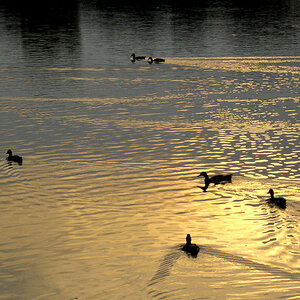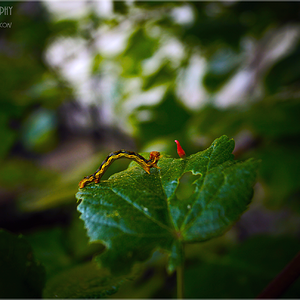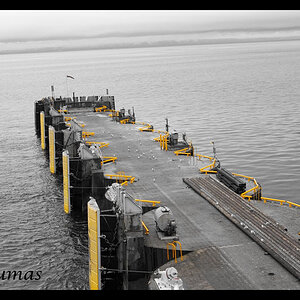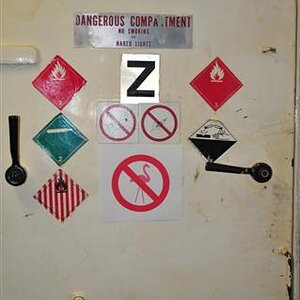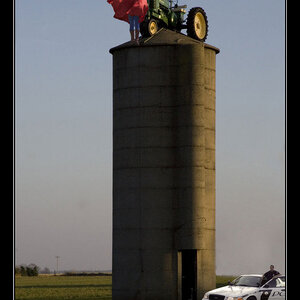Rekd
TPF Noob!
- Joined
- Aug 13, 2009
- Messages
- 1,272
- Reaction score
- 52
- Location
- Rural America
- Website
- amusingscribe.com
- Can others edit my Photos
- Photos OK to edit
I enjoy photographing wildlife and I'm always trying to get more detail. I've got a Canon XTi with a 100-400 L series lens, I've used apeture priority most, but also shutter priority, manual and the camera's auto settings. Some handheld and some tripod, but still trying to get more detail/sharpness. I've wondered at times if the camera has an issue, I've cosidered upgrading to another camera, or if it's just me. Any suggestions?
Hi F4S. I suspect your head is about to explode after reading all the postings that precede this one. I'm not an expert photographer like many folks here but I have learned a few things that I will share with you and hopefully they will help you achieve your goal of razor sharp images.
Speaking in broad general terms, with most things mechanical and electrical, it's the operator, not the equipment. From what I know about Canon products, the lens you are using is about as good as zoom lenses come. Most lenses provide a better quality picture if stopped down a little, that is to say, an aperture of 8 or 10 will likely give sharper results than a wide open aperture. For wild life photography this means losing a stop or two on the exposure.
Extremely high ISO settings result in higher noise levels than lower ISO settings. This too causes problems when shooting wildlife since a slower shutter speed will be required with a lower ISO.
From what I read in your query, you seem to be trying a variety of settings/procedures and not getting the results you seek. I suggest you try this. With the camera mounted on a tripod, aim it at a newspaper taped to the side of a house, door or some such. The distance need not be great, say 10 to 30 yards. Ensure the tripod is on a hard surface such as a driveway or patio. It must be a calm day. Use either a remote control or the timer. No hands should touch the camera when the shutter is actuated. Set a mid range ISO.
In the manual mode, take several shots at various aperture openings and shutter speeds. Use auto focus. Use, say, 3 different zoom settings such as 100, 250 and 400. SHOOT RAW images. If you don't know what RAW is, then learn. You will have to install the DPP (digital photo professional) software that came on the DVD provided when you bought the camera. If you always shoot .jpg images, they will ALWAYS show slight softness in my experience. This test should reveal whether or not your lens or camera is the problem.
i performed this test a few days ago and compared 2 of my lens, a Canon EF 70-300mm f/4-5.6 IS Image Stabilizer and an old Sigma 170-500mm. I was slightly horrified to discover the old, used Sigma ($300) was sharper than the newly purchased Canon ($600). Of course the image stabilizer in the Canon goes a little ways towards better images but I'm still quite disturbed by this situation.
By all accounts, the XTi is capable of some excellent images. However, an XTi was my first camera and I successfully resisted the overwhelming urge to place it in my backyard and blast it with my 12 gauge shotgun. I bought a 50D and now I'm a pretty happy camper. I'm not saying that's what you should do though. I'm sure a skilled photographer can produce excellent images with one. I just have a very low frustration/annoyance level.
Here's a few other things too. Does the XTi manual make any mention of a sharpness setting in the menu? If so, be sure it's set for a lot of sharpness. Also, I always use a monopod. I've successfully shot at 500mm with a 1.4 Kenko converter using a monopod. I haven't seen too many animals I could have photographed with a tripod. The Canon 50D has a very high shutter speed so that eliminates a lot of movement problems. It also has a noise reduction setting so that helps too.
On the off chance that you are still suffering from non sharp images, I suggest you try another camera with that lens or another lens on your camera. The process of elimination should show where the problem lies.
Hopefully you will discover that your setup is capable of producing sharp images. If so, then I suggest you select one method of shooting, manual, aperture priority, shutter priority or whatever, and stick to it for a while until you become very comfortable and proficient with that method. Then once you have mastered that method, try another method for a while.
Hope this helps. Good luck.
Excellent.
I'm going to try this on the 50D on all 3 Canon lenses and the 2 Quantary lenses I've got, then do it again when the 7D comes in.
:mrgreen:


 Btw... none of this is really about "photography" is it? I suspect you just as good as many of us here.. I wouldn't sell yourself short. I think InTempus' posts are about right.. don't believe a ranting Nikonian nor a ranting Canonite. For the most part, both systems are more than capable of producing great photos in the same/similar conditions.
Btw... none of this is really about "photography" is it? I suspect you just as good as many of us here.. I wouldn't sell yourself short. I think InTempus' posts are about right.. don't believe a ranting Nikonian nor a ranting Canonite. For the most part, both systems are more than capable of producing great photos in the same/similar conditions.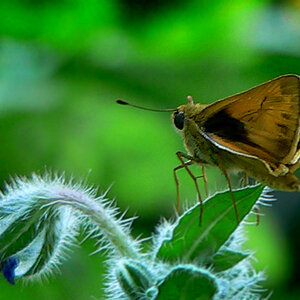

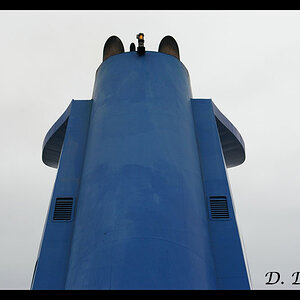

![[No title]](/data/xfmg/thumbnail/42/42062-136a63ad7d0bd740e99ca1fc477f214c.jpg?1619739997)
